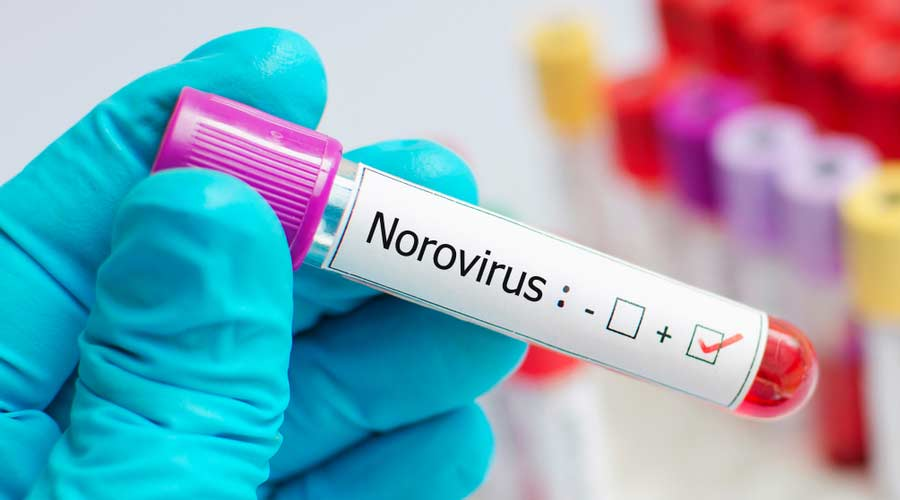Free Courses Sale ends Soon, Get It Now


Free Courses Sale ends Soon, Get It Now



Copyright infringement not intended
Picture Courtesy: www.cleanlink.com
Context: Norovirus cases have been on the rise in the UK in recent weeks, with numbers being 60% higher than the same time last year.
About Norovirus
Nature of Norovirus
Symptoms of Norovirus Infection
Transmission Routes
Treatment
Prevention
Complications
Conclusion
Must Read Articles:
Norovirus: https://www.iasgyan.in/daily-current-affairs/norovirus-17
|
PRACTICE QUESTION Q. Case Study: A school cafeteria experienced an outbreak of gastrointestinal illness among students and staff. Symptoms included sudden vomiting, diarrhoea, and stomach cramps. The school nurse suspected Norovirus due to the rapid onset and similarity of symptoms among those affected. Investigations revealed multiple individuals showing signs of illness within a short span after eating lunch at the cafeteria. Q. How is Norovirus primarily transmitted in this scenario? A) Contaminated food or water B) Airborne droplets C) Direct contact with raw meat D) Improper sanitation practices Answer: A Explanation: Contaminated food or water. In this case, the outbreak likely occurred due to the consumption of contaminated food in the cafeteria. |
© 2024 iasgyan. All right reserved